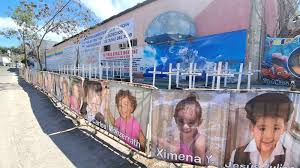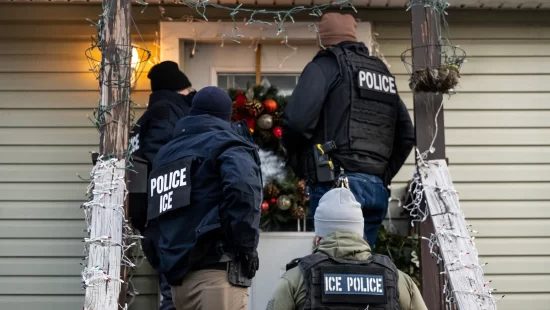Many apologize, others defend themselves, and some argue that Mexicans are to blame for a violent protest in Mexico City against gentrification, the high presence of Americans in the city, and the mistreatment of Mexican migrants in the U.S.
Residents of the Roma and Condesa neighborhoods rejected the violence that occurred during a march against gentrification, during which protesters broke windows of businesses, restaurants, and homes in those neighborhoods on the afternoon of Friday, July 4, 2025.
“The residents of Roma-Condesa reject the violence that occurred today during ‘the protest’ against gentrification. As inhabitants of the area, we demand that the authorities guarantee everyone’s safety. The causes may be legitimate, but violence never will be,” they stated through the Colonia Roma social media account.
What escalated Friday’s protest and the violence against U.S. citizens was the migratory situation Mexicans are facing in the United States, where they are being repressed, abused, and arrested in violation of the most basic human rights.
Many Americans and Mexicans reacted to the march. Here are some examples:
“Speaking as a US expat, I offer an apology from all of the well-meaning US citizens that are here enjoying your beautiful country and I’m sorry we started this sh*tstorm by electing El Naranja Nazi!” wrote Enoch Seth Weithers.
“With yesterday’s protest it seems like it’s only going to get worse for the White folks in Mexico City,” wrote Nidia Espinoza.
“White and American isn’t the same thing,” said Jorge Alamilla.
“The people who protested have never lived, do not live, and will never live in their filthy and miserable lives in Roma or Condesa,” wrote a Mexican.
“If you need someone to blame, blame your government who, like most, just wants to line their pockets,” Paul Guido wrote in defense.
José Balcazar sought to reconcile, saying: “It’s the same — not all Americans follow MAGA & not all Mexicans want Americans out.”
The problem of gentrification in Mexico City has been going on for many years, mainly in the neighborhoods of Condesa, Roma, Polanco, Cuauhtémoc, and others. These areas were already inhabited by the upper-middle and upper classes and gradually opened up to foreigners who chose to make the city their home.
With the rise of the “digital nomad” concept (people who can work from their computers) and remote work, the phenomenon expanded massively. Homeowners and landlords renovated their properties and began renting to foreigners at higher prices, pushing them beyond the reach of the local market.
To that, the arrival of Airbnb further worsened the issue. Neither the federal government nor Mexico City authorities have been able to control either phenomenon.








